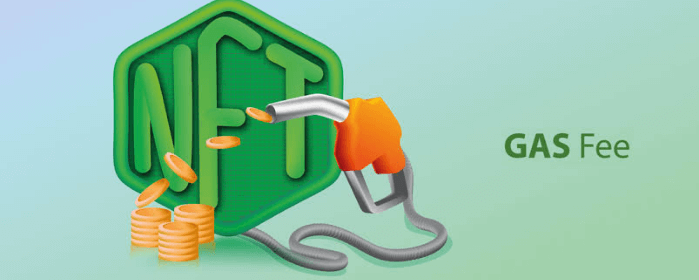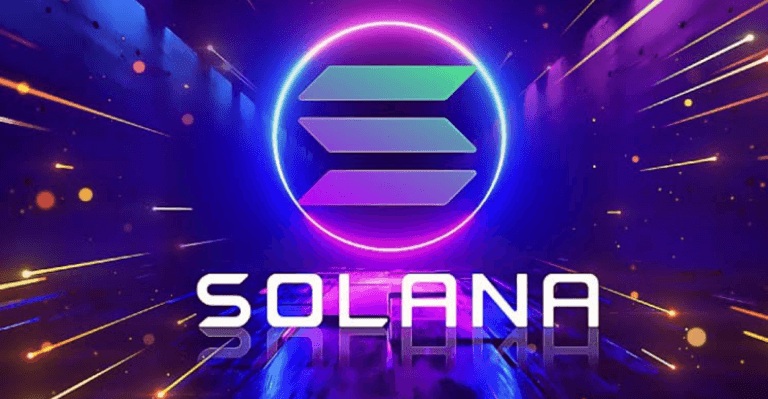The Solana blockchain network has recently recovered after being down for up to seven hours between April 30 and May 1 due to a large volume of transactions and a rush of bots attempting to mint new non-fungible tokens (NFTs) on the network.
The network became overcrowded as up to four million transactions, or 100 gigabits of data per second, were recorded, causing validators to lose consensus and the network to go dark at 8 p.m. UTC on April 30.
The bots hoarded Candy Machine, a popular tool used by Solana NFT projects to initiate collections. The crash was partially caused “due to botting on the Metaplex Candy Machine Program,” according to a tweet from Metaplex, who added that they had “merged and will shortly implement a botting penalty to the program as part of a broader effort to stabilize the network.”
Today #Solana mainnet-beta went down partially due to botting on the Metaplex Candy Machine program. To combat this, we have merged and will soon deploy a botting penalty to the program as part of a broader effort to stabilize the network. https://t.co/QaAZT3VxXz
— Metaplex (@metaplex) May 1, 2022
Validator operators successfully completed a cluster of Mainnet Beta at 3:00 AM UTC, following a roughly 7-hour outage after the network failed to reach consensus, assuring network operators and dapps will continue to restore client services for another seven hours, according to a tweet from SolanaStatus.
Validator operators successfully completed a cluster restart of Mainnet Beta at 3:00 AM UTC, following a roughly 7 hour outage after the network failed to reach consensus.
Network operators an dapps will continue to restore client services over the next several hours. https://t.co/ezqEYQYKWl
— Solana Status (@SolanaStatus) May 1, 2022
Such problems have in the past plagued the Solana network, most notably in September 2021, when the altcoin experienced a 17-hour power outage, prompting numerous individuals to question the blockchain network’s utility and make jokes about it on their social media accounts, even on the last Saturday morning.
At this point Solana should start posting business hours
— pseudotheos in 🇳🇱 (@pseudotheos) May 1, 2022
Solana blamed the outage on a distributed denial-of-service (DDOS) attack at the time.
According to Solana’s own status reporting, the most recent problem on the network is the company’s eighth crash this year. Between the 21st and 22nd of January, the blockchain experienced almost 29 hours of downtime due to numerous duplicate transactions generating network congestion.

Solana later stated that “heavy compute transactions” caused the network bandwidth to be unable to process thousands of transactions per second (TPS), far lower than the usual 50,000.
The crash costs Solana (SOL) a significant loss.
According to data from Coinmarketcap, the network’s native currency lost up to 7% of its value during the fall, pushing it back to approximately $84. The altcoin has recovered some of its losses today, trading at $88.8 at the time of writing, down 1.11 percent.
Over the weekend, the Solana network was the second to observe a large increase in transaction volume connected to NFTs. Due to a release of 55,000 NFTs by Yuga Labs, the average Ethereum transaction cost climbed to $450, with some users paying up to 5 Ether (ETH) in gas fees for transactions and much more to mint one of the non-fungible tokens.

